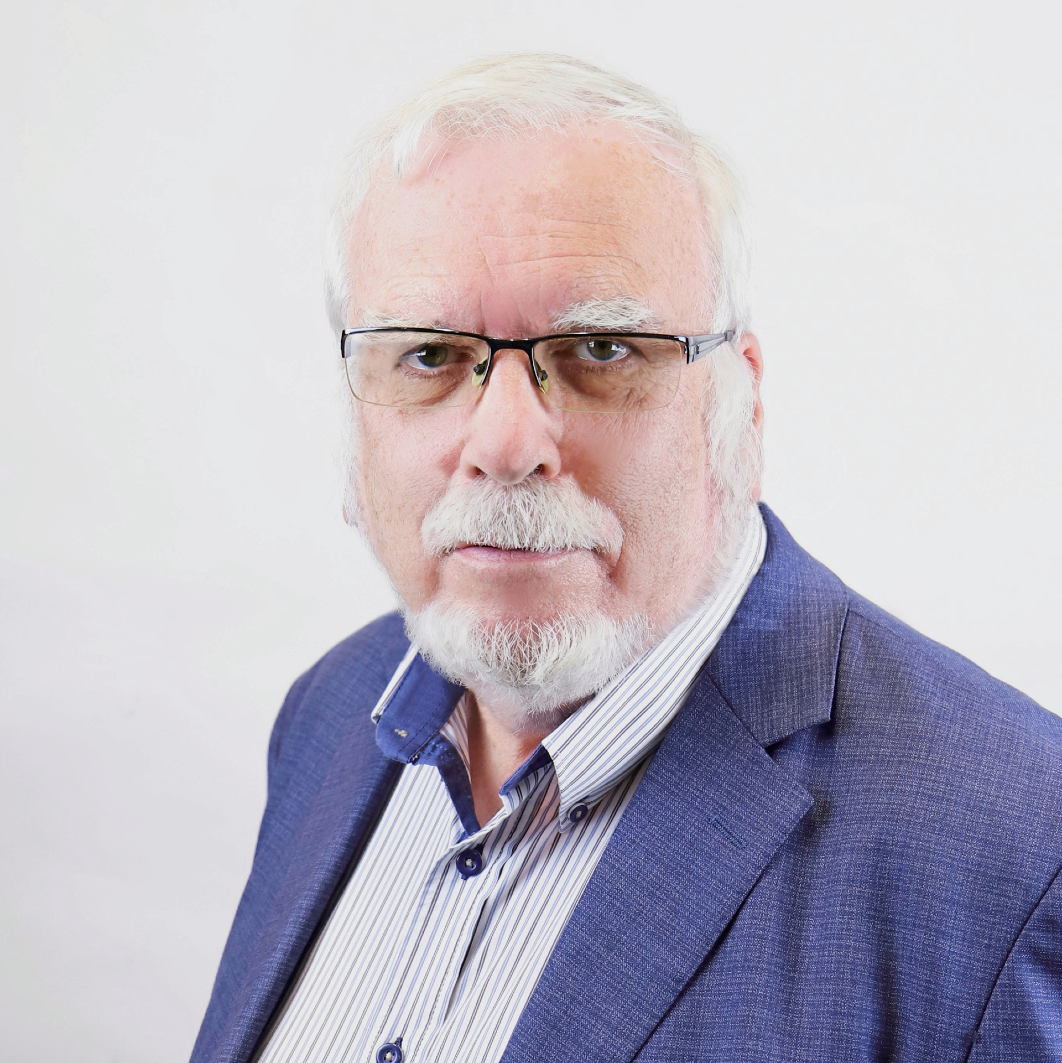MATERIAIS 2022, XX Congresso da Sociedade Portuguesa De Materiais
A special issue of Materials (ISSN 1996-1944).
Deadline for manuscript submissions: closed (10 April 2024) | Viewed by 15015
Special Issue Editors
Interests: energy storage devices; additive manufacturing; X-ray and neutron scattering; functional materials; electrically conductive polymers; electrochemistry; digital twins
Special Issues, Collections and Topics in MDPI journals
Interests: additive manufacturing; biomimetics and bioinspiration; computer-aided engineering; computer-aided manufacturing; multi-material 3D/4D structures; industrial/biomedical applications; tissue engineering; mould design and polymer injection moulding; circular economy
Special Issues, Collections and Topics in MDPI journals
Special Issue Information
Dear Colleagues,
MATERIAIS 2022 continues the long-standing and well-established tradition of MATERIAIS congresses promoted by the Portuguese Materials Society (SPM). The first congress was held in Lisbon in 1983 and this edition, the XX Congresso da Sociedade Portuguesa de Materiais, will take place in Marinha Grande, Portugal, from 10 to 13 April 2022.
MATERIAIS 2022 will focus on the fact that we are on the cusp of the fourth industrial revolution, which will fundamentally alter the way we work, live, and relate to one another. The convergence of physical, digital, and biological sciences will bring about profound changes in the way we design and produce products, as well as the materials they are made from, whether they are metals, ceramics, glass, polymers, biological materials, or composites.
MATERIAIS 2022 will explore the latest scientific and technical developments in material science and materials engineering, and related areas, bridging different scientific domains under the scope of the main theme “MATERIALS: EXPLORING A BETTER FUTURE FOR SOCIETY”. Research and Development in advanced and sustainable materials as well as in their manufacturing techniques which result in new products, processes, and materials of significant value to the socio-economic development of society. This International Congress will cover all materials areas, namely functional materials; structural materials; materials processing and characterization; and materials modelling and simulation.
MATERIAIS 2022 will include four special sessions on:
- Materials for Additive Manufacturing
- Plastics and Sustainability
- Materials and Processes: Digital Twins
- Materials: From Research to Market
All submissions that embrace this vision will be most welcome.
Prof. Dr. Geoffrey R. Mitchell
Prof. Dr. Nuno Alves
Guest Editors
Manuscript Submission Information
Manuscripts should be submitted online at www.mdpi.com by registering and logging in to this website. Once you are registered, click here to go to the submission form. Manuscripts can be submitted until the deadline. All submissions that pass pre-check are peer-reviewed. Accepted papers will be published continuously in the journal (as soon as accepted) and will be listed together on the special issue website. Research articles, review articles as well as short communications are invited. For planned papers, a title and short abstract (about 100 words) can be sent to the Editorial Office for announcement on this website.
Submitted manuscripts should not have been published previously, nor be under consideration for publication elsewhere (except conference proceedings papers). All manuscripts are thoroughly refereed through a single-blind peer-review process. A guide for authors and other relevant information for submission of manuscripts is available on the Instructions for Authors page. Materials is an international peer-reviewed open access semimonthly journal published by MDPI.
Please visit the Instructions for Authors page before submitting a manuscript. The Article Processing Charge (APC) for publication in this open access journal is 2600 CHF (Swiss Francs). Submitted papers should be well formatted and use good English. Authors may use MDPI's English editing service prior to publication or during author revisions.
Keywords
- sustainability
- 4th industrial revolution
- digitisation
- digital twins
- ceramics
- polymers
- metals







